Publishers nowadays have an almost endless stream of options when it comes to monetizing their websites — display ads, native ads, in-text ads, interstitials, etc. Finding the right mix for your website, though, can be complex, time-consuming, and may require much trial and error.
If you’re a beginner or if you just want to simplify your ad operations, you should ideally pick a larger, trusted network that can effectively monetize your ad inventory with minimal intervention from your part.
Media.net is one such network that is widely trusted by publishers and is often cited for delivering great results. If you’ve been thinking about which ad network to pick to monetize your site, change your existing ad network, or add another network to boost your earnings— Media.net is definitely worth a try.
About Media.net
Media.net is the second largest Contextual Advertising business in the world and one of the 5 largest ad tech companies by market cap.
The company provides a full range of advertising and monetization solutions, across devices to its diversified client base worldwide.
Features & Technology
The foundation of Media.net is based on proprietary in-house technology that auto-learns and self-optimizes, perfected by engineering experts over many years, giving it capabilities that can’t be matched by other players in the market.
- Yahoo! Bing Network (Contextual) Ads: Gives publishers exclusive access to the world’s second largest marketplace of high-quality, keyword-targeted advertisers and $5 billion worth of search demand. So, you get a rich pool of only the best advertisers bidding for your ad inventory.
- Per Page Precision Targeting: Scans individual pages to extract concepts and deliver optimized ads for each.
- Innovative Ad Units for Native Experience: Dynamic tags mix and match Ad Units and Sponsored Links as well as text and banner ads automatically for best output per page. Smart ad units show contextually relevant ads in UX-friendly ways.
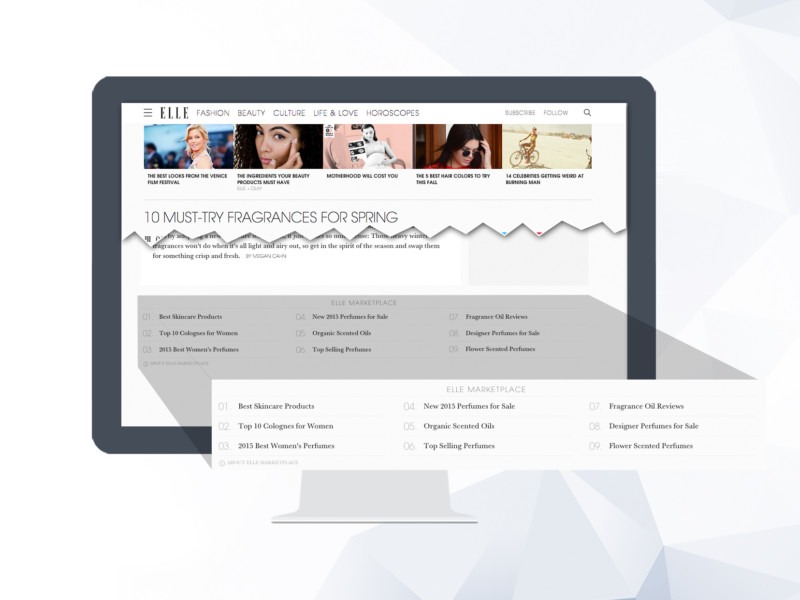
- Enhanced Ad Targeting Controls: Gives publishers controls to show their audience ads that they know are relevant to them and trash the rest.
- Masterfully done mobile ads: Responsive, in-content mobile ad units that are also cross-platform compatible (iOS + Android), UX optimized, and implemented with a single code. Supports docking for infinite-scroll enabled front-ends (ad unit ‘sticks/ floats’ on the viewport while the user scrolls the page in any direction).
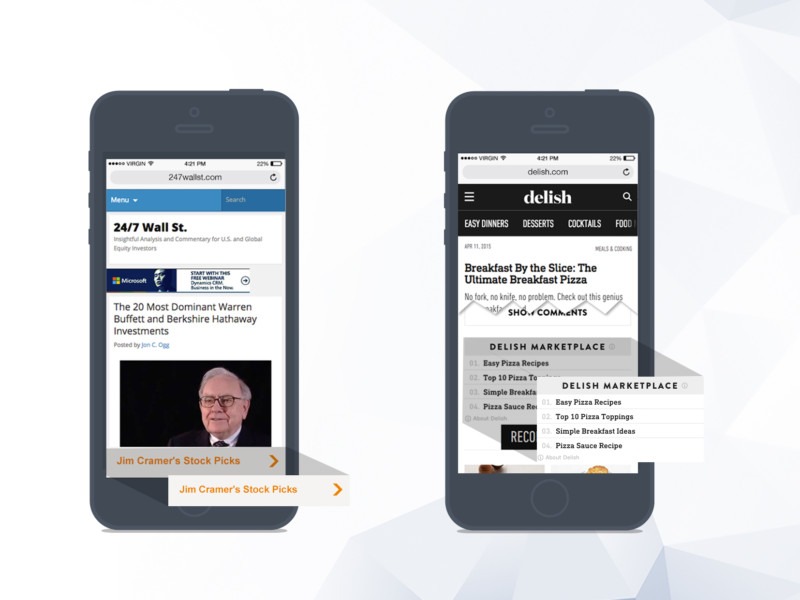
Media.net is also equipped with multiple ad format support (wide range of ad sizes and types like images, rich media, videos, expandable et al) from all major ad exchanges and buyer networks: So, the publisher can play around with a lot to optimize their returns.
The User Interface
> Getting Started
Once you sign up with Media.net and log in, you are welcomed by this simple publisher dashboard:
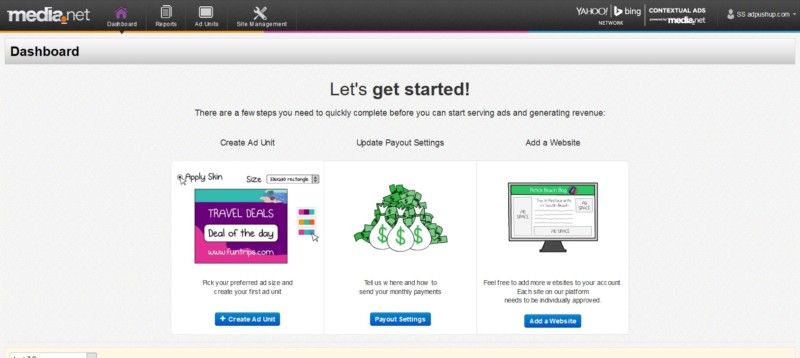
To get started, click on Create ad unit. This brings you to a new screen where you can create (and customize) your ad units and measure their individual performance (CTRs).
You pick a size from a list of 15 pre-defined sizes (1), pick a preferred ad-skin (2) to go with your site design which the media.net system will constantly test against other skins in the list to find the best performing option, customize the skin further with color options (3), give it a name (4). Once you’ve previewed the result and found it to your liking, you click save and get the code (5) button.
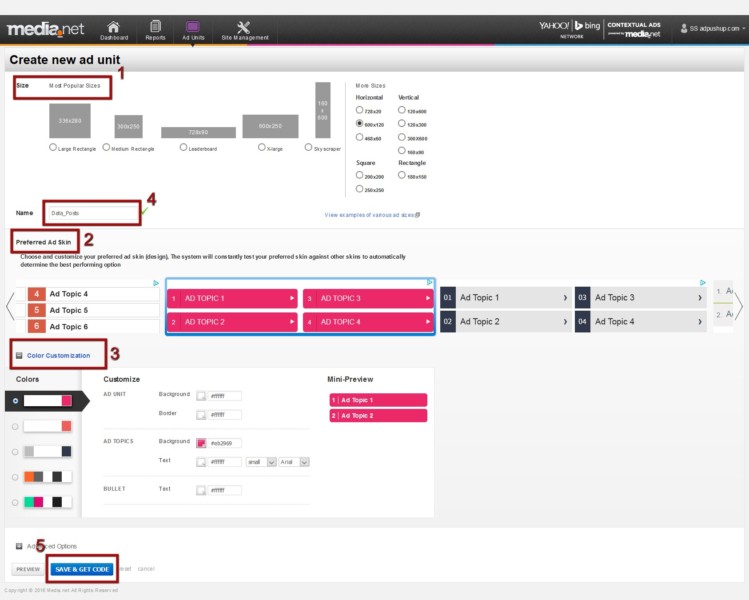
The advanced options menu drops down to reveal optional mobile ad optimization, ad skin optimization level (aggressive means more frequent automated changes in your preferred ad skin), and Backup ads option (we chose ‘hide ad unit’, but the option is available to specify ad code to show backup ad units).

The preview appears in a lightbox. We like how it goes the extra mile to reveal its secrets to you (by showing how it will soak concept to show contextually relevant ads). Check this ad unit for instance:
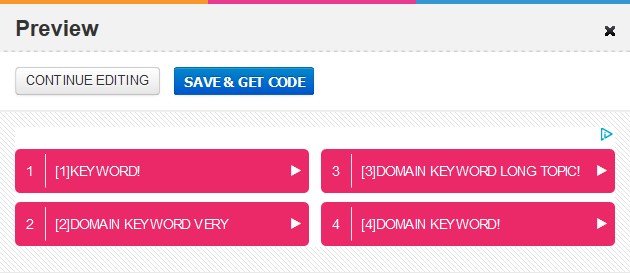
> Ad Management and Reporting Tabs
The Ad Units screen shows all ad units created by you (active and/or hidden), along with quick previews and shortcuts to various actions (get code, edit, view report, or hide). You can split the reports into segments by account, sites, or ad units for any given date range.

There is also a site management tab (since the platform lets you manage multiple sites and all their individual ad units at once).
Overall — it is pretty user-friendly and easily comprehensible. So, you’re not likely to fumble around with it.
Why Choose Media.net
Beginners looking for an ad-network they really want to commit to and prefer to deliver quality and context with their ads, Media.net is a brilliant option.
- Access to one of the largest keyword-targeted marketplace: Yahoo! Bing Network is created exclusively for high-quality keyword targeted advertisers – so publishers who’ll display the ads need to be on a fairly equal footing. While Media.net takes care of optimization and performance of ad units, bloggers and publishers need to channel their energies only towards creating amazing content.
- D2S (Display-to-Search) Ad format: D2S is a sophisticated method that monetizes display placements by displaying search ads bought by advertisers on a CPC Model. The CPC model, because of clear user search intent, stands to garner more clicks on your ads compared to CPM based ads where user intent remains unclear. Simply put, this display-to-search advertising model translates to higher earnings for you.
- Rare banner blindness: The platform delivers simple, contextual, and native text ads interspersed within premium quality blog content. This ensures a steady revenue from your loyal audience and effectively eliminates banner blindness from the equation altogether.
- One-on-one support: Unlike many other larger ad networks, Media.net team ensures you have dedicated support every step of the way, should you need it, through email and phone call. This can be especially useful to new publishers who aren’t too familiar with ad tech terminology and need a helping hand to get started.

Shubham is a digital marketer with rich experience working in the advertisement technology industry. He has vast experience in the programmatic industry, driving business strategy and scaling functions including but not limited to growth and marketing, Operations, process optimization, and Sales.



![CTV vs OTT Advertising: Which one is Right Pick for Publishers? + [6 Bonus Strategies] Ott vs Ctv](https://www.adpushup.com/blog/wp-content/uploads/2023/02/Featured-Image-270x180.png)


